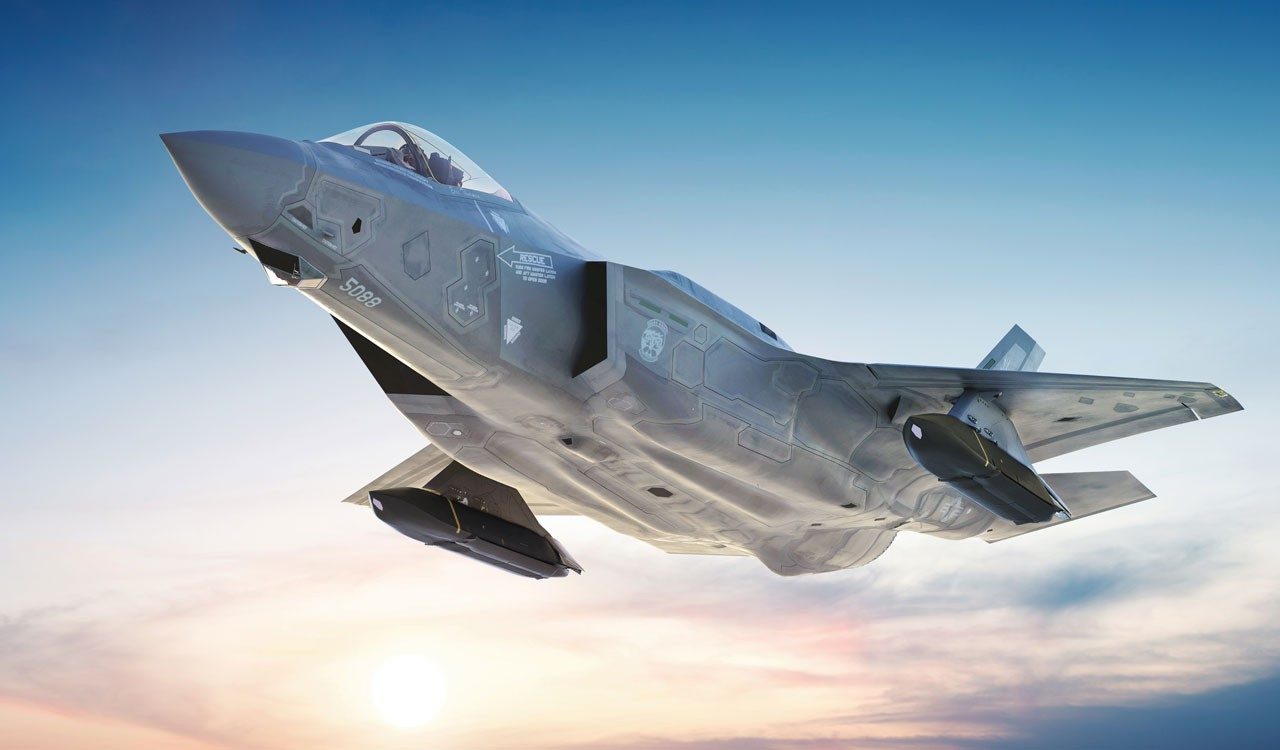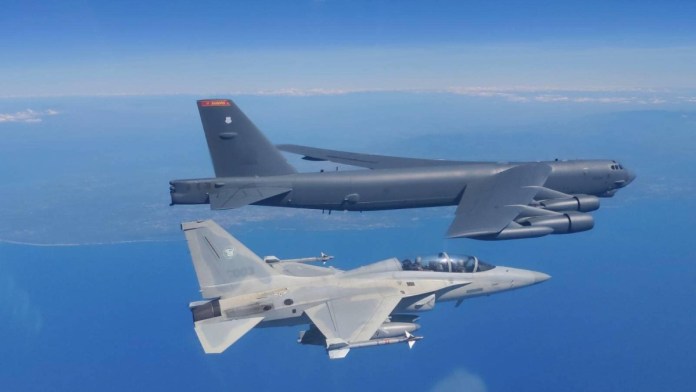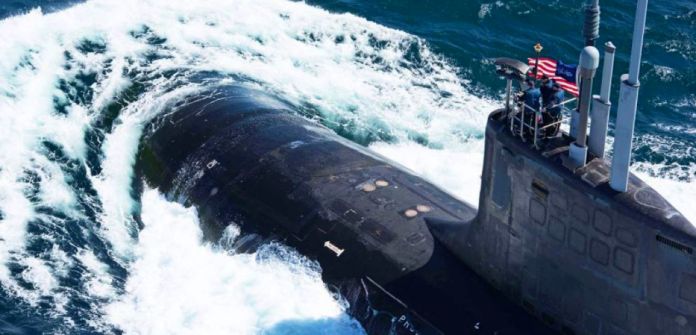As Ukraine awaits the arrival of Dutch F-16 fighter jets, a notable image has surfaced online, showing a Ukrainian MiG-29 equipped with an ADM-160 Miniature Air-Launched Decoy (MALD). This photograph, taken from a low pass by a Ukrainian Air Force MiG-29 of the 114th Tactical Aviation Brigade, marks the first time these US-supplied decoys have been publicly seen on a MiG-29 Fulcrum.
Despite their deployment to Ukraine in 2023, the Armed Forces of Ukraine (AFU) did not officially acknowledge the ADM-160 MALDs until May 2023, when debris from one was found in Luhansk. Observers had speculated on the launch platform, with possibilities including the MiG-29 or Su-27, both previously outfitted with American weapons like the JDAM-ER smart bombs and AGM-88 HARM missiles.
The ADM-160 MALD, an autonomous, programmable flight system, mimics US or allied aircraft to confuse enemy Integrated Air Defense Systems (IADS). While lacking an explosive warhead, its role is significant in offensive operations. Trent Telenko, a former US Department of Defense official, described the MALD as a small cruise missile designed to jam radars and simulate larger aircraft, highlighting its importance to Ukraine’s arsenal.
MALDs deceive enemy air defenses by mimicking aircraft and missile radar signatures, diverting attention and resources from genuine threats. Reports suggest Ukraine uses these decoys in conjunction with long-range Storm Shadow or SCALP-EG missiles, leveraging their ability to reach targets beyond the range of these missiles.
Weighing under 300 pounds, MALDs can be programmed to replicate various aircraft and missile radar signatures, effectively deceiving Russian air defenses. In January, Russian military sources claimed to have destroyed two ADM-160 MALD missiles, highlighting their strategic deployment. The MALD is likely used first to neutralize radars, followed by attacks on land targets with Storm Shadows.
The MALD’s deployment, featuring folded wings and a GPS-enabled inertial navigation system (INS), allows pilots to adjust its course up to the point of launch. Given their cost of up to $300,000 each, Ukraine reserves these decoys for high-value missions, making their appearance rare and significant.
The image of the MiG-29 with a MALD comes amid intensified fighting between Russia and Ukraine. As Russia escalates its offensive, Ukrainian President Volodymyr Zelensky has called for direct NATO involvement, emphasizing the need for at least 120-130 planes to counter Russian air dominance. With the expected arrival of F-16s, Zelensky urged NATO to use the planes to target Russian missiles, even if immediate supply to Ukraine is not feasible.
Zelensky also disclosed ongoing discussions with other countries about using their armed forces to attack Russian military assets, though he reaffirmed commitments to avoid using allied weapons inside Russia. Describing the battlefield situation as "one of the most difficult," Zelensky highlighted the intense fighting in Donbas and the control regained in Kharkiv after aggressive Russian operations.




